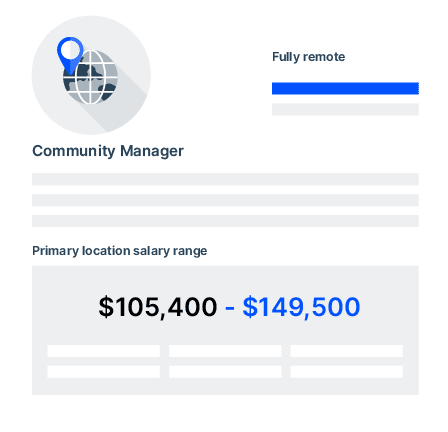If you have glanced at the news in the past few months, you know that pay transparency and related legislation is the hot topic right now when it comes to fair pay conversations. Colorado started this trend back in January of 2021 with their Equal Pay for Equal Work Act, which requires businesses with at least one employee working in the state of Colorado to include salary ranges in their job postings. New York City recently followed suit on November 1, 2022, with California and Washington following close behind with their transparency laws going into effect on January 1, 2023.
While each of these laws might word their requirements slightly differently, they all focus on the same thing: striving for pay transparency by requiring the inclusion of salary ranges in job postings.
As you can imagine, this new legislation is fundamentally changing how organizations approach their pay decisions. Most are having to rapidly adapt, and many find themselves struggling to meet the requirements in time.
As a result, one of the biggest missteps we’ve seen so far is organizations posting very broad salary ranges that don’t give applicants a good understanding of what the role could actually pay. We’ve seen ranges that vary from min to max by more than $100,000 for roles like compliance director or technology engineer.
Some organizations have even posted ranges as wide as $0 to $2,000,000, which have been met with ridicule by the media. Although representatives later claimed that these posts were due to technical error, the revised ranges still left over $100,000 leeway, which was not interpreted to be much better.

These ranges might fall in line with the letter of the law, but they don’t really comply with the spirit of it. They do little to increase pay transparency, are frustrating for applicants, and could ultimately hinder pay equity for employees down the road.
While posting a broad salary range might seem like a logical “quick fix” for organizations trying to comply with new laws, it can bring about a number of challenges.
Many of the laws say to post a range that you, “in good faith,” would be willing to offer an applicant for that role. If organizations are posting wide salary ranges, it could eventually lead to compliance issues and even potential legal or financial repercussions from the state.
This brings us to the biggest problem when it comes to these broad ranges: trust. If an applicant is looking at a posting with a large range, they may be skeptical of the organization’s pay transparency and pay practices as a whole. This can reduce the number of applicants due to lack of trust and even lead to distrust among current employees, who may see large ranges and wonder why their own current pay doesn’t line up.
On the other hand, if a job seeker decides to apply for a role with a wide range, they could go into the hiring process expecting the high end of the posted range and be disappointed when an offer is made at the lower end. This could cause them to decline the offer, wasting everyone’s time on something that could have been clear from the start.
Continuous posting of overly broad ranges could also negatively impact a brand’s reputation. They could be perceived as trying to skirt pay transparency laws and putting their own best interests over those of their employees and new hires. This could lead to a negative perception of their pay practices as a whole—a bit of a, “What are you hiding?” scenario.
So, what should pay ranges in job postings actually look like?
At a minimum, a best practice when posting a salary range would be to settle on what you would, in good faith, pay for the role—bearing in mind the external market data and the current pay of internal employees. From there, you can calculate a range that goes 10 to 20 percent in both directions. This creates a narrower range that feels more approachable and realistic for applicants and helps you fall in line with the spirit of these pay transparency laws. Below are some examples of ranges pulled from organizations like Macy’s and Coinbase who are already doing this well.


Achieving pay transparency is a journey — and with more states and cities enacting transparency legislation, it’s important to get it right. Payscale is here to help. To learn more, check out our recent Comp and Coffee podcast where our team discusses pay transparency legislation. You can also watch the recordings of our most recent pay transparency legislation webinars, all linked here.



